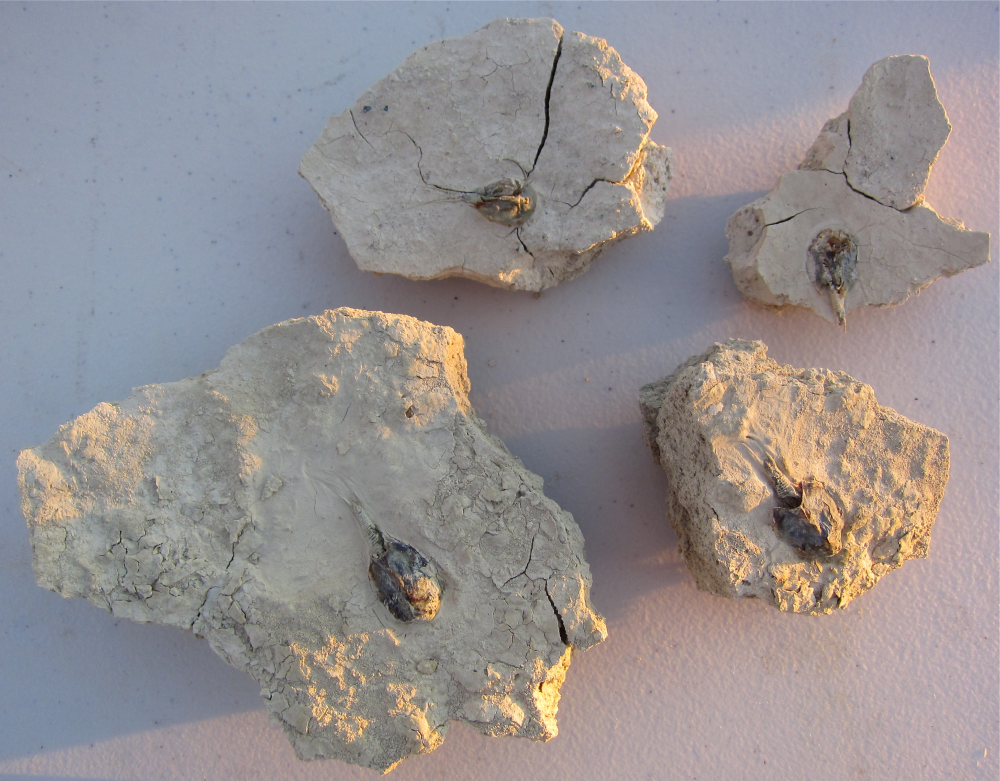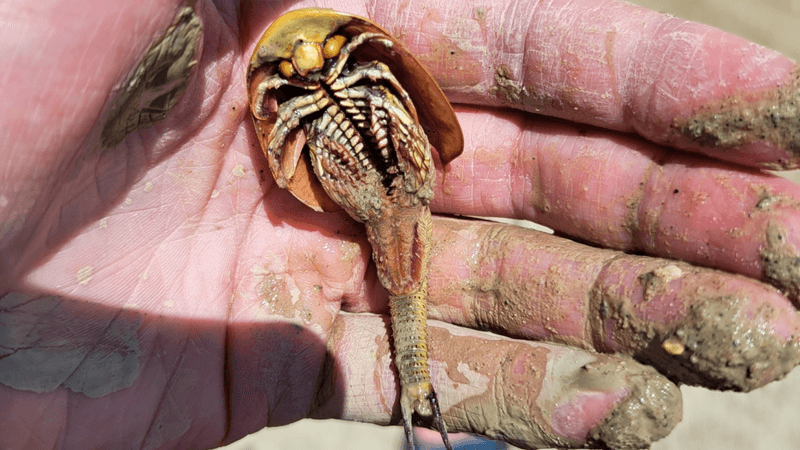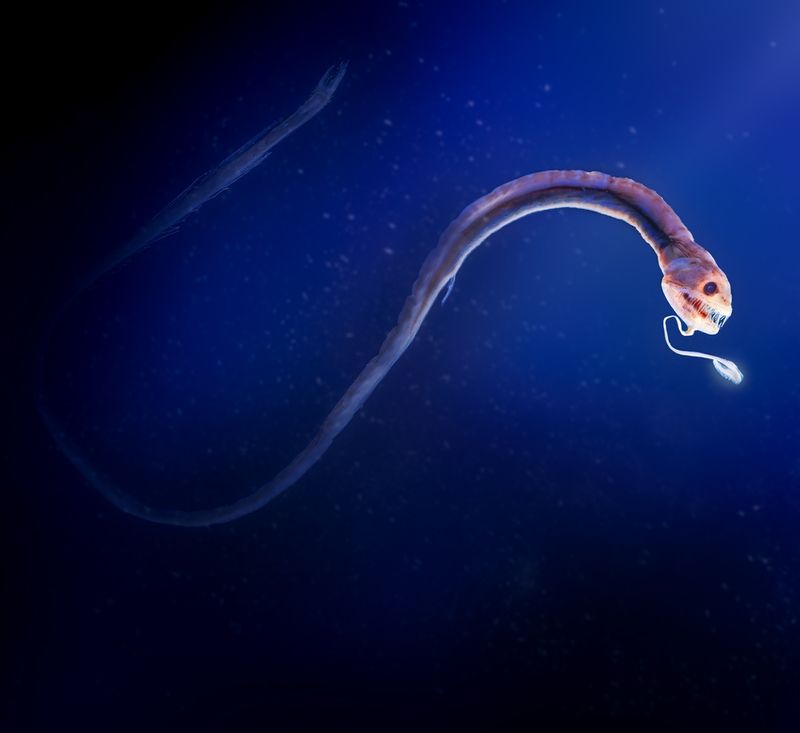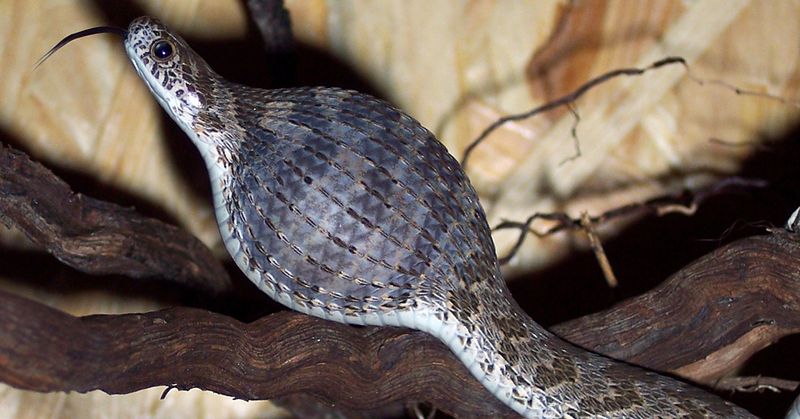Epic floods have hit Black Rock City in the Nevada Desert, hitting festivalgoers at Burning Man, one of the world’s most famous artistic events. While some fled on foot, others sat back and enjoyed the unique self-sufficiency Burning Man is built on, but they will be joined by a host of bizarre organisms that can lie dormant in the dried-out lake bed for decades.
Triops and fairy shrimp are extremophiles capable of surviving years-long droughts. They endure in the sediment as eggs that remain dormant until floods bring about the right conditions for them to do some topside living.
Relatives of the oldest living creature, Triops cancriformis, are among the fold, which is why Triops have the nickname “dinosaur shrimp”. These “three-eyed” miniature beasties have two main eyes and a pit organ, a “third eye” that’s common among insects, and comes in handy for prey animals as it enables them to detect changes in light – be that a bird coming in to hunt, or the muddy boots of Chris Rock escaping a flooded art festival.
They are joined by fairy shrimp, characters you might be more familiar with under the name sea monkeys. Fairy shrimp (Branchiopoda) are translucent crustaceans found in vernal pools and hypersaline lakes across the world. The diddy little shrimp are sometimes called brine shrimp as – being extremophiles – they’re exceptionally good at tolerating salty environments.
The arrival of these desiccated crustaceans on the Black Rock playa lakebed isn’t abnormal, and won’t be a surprise to return visitors to Burning Man. As the Bureau of Land Management (BLM) explained on Flickr, Friends Of Nevada Wilderness (FNW), a partner organization that supports the BLM’s Winnemucca District, attends the festival to spread the good word of dinosaur and fairy shrimp.
“FNW members also volunteered at the famous Burning Man arts festival, where they assisted BLM staff teaching visitors about the playa’s cultural, historic, and natural features, including the threatened fairy shrimp that hatch during spring floods,” reads an image caption.
Spring typically stretches from March to June in the Nevada Desert, but these ancient crustaceans aren’t fussy. As Wupatki National Monument staff observed following a monsoon in Arizona, Triops and fairy shrimp eggs will happily remain dormant until the right conditions in which to hatch arise. And what are those? A buttload of rain.
A buttload of rain is certainly what Burning Man has endured for the 2023 festival. Heavy rains shut off the roads on Friday, trapping an estimated 70,000 attendees in Black Rock City that’s isolated by hundreds of miles, with the nearest metropolitan area being Reno.
A long road ahead for event organizers hoping to clear up what’s been left behind, and for the plucky few who have set out on foot to return to civilization. The festival is now officially over, but for Triops and fairy shrimp, it’s just beginning.
It’ll take just over a week for some of these critters to start making eggs of their own, but the race is on if the weather takes a turn. As these “modern fossils” retrieved from the Black Rock Desert demonstrate, any crustaceans caught wandering the sediment when it dries won’t fare as well as their eggs.

Godspeed, you crazy crustaceans.




